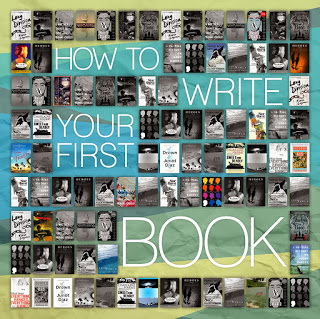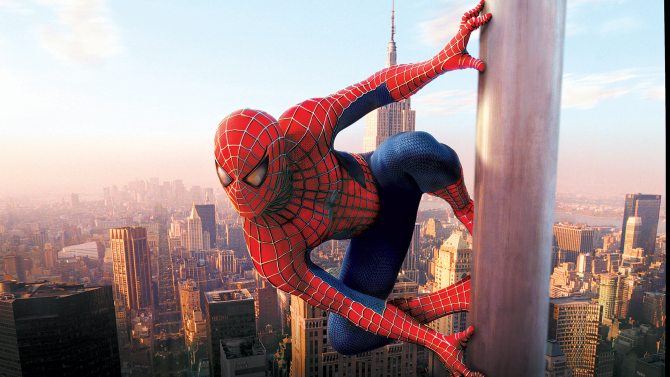
Image Patterns
A quarter of a century ago, I decided to teach a course in crime fiction at the university where I worked for most of my adult life. The focus was on crime novels set in Florida. I had plenty to choose from, ranging from John D. MacDonald’s smart, tough and well-known Travis McGee novels to the less celebrated work of Douglas Fairbairn, whose Street 8, a thriller set in Miami’s newly flourishing Cuban neighborhoods, was an inspiration to me as a young writer whose aim was to write my own realistic Florida crime novel. (One of the wonderful benefits of university teaching is to merge one’s vocation with one’s avocation.)
LaBrava by Elmore Leonard was one of the books in that long-ago course. Published in 1983, LaBrava was set on Miami Beach, more particularly on South Beach in a period before its rise to the internationally celebrated, flashy neon, art deco, fashionista, late night clubbing district it was to become. The year after LaBrava was published, that culture-changing TV show, “Miami Vice,” first hit the airwaves. I use the phrase culture-changing in a limited sense, for “Miami Vice” fundamentally changed the landscape of Miami by creating the illusion that a hip, ultra-trendy scene already existed in South Beach. It did not.
But that single TV show was about to change all that.
By focusing its camera on the two or three examples of slightly up-dated neon-encrusted art deco hotels, and through the wonders of sound-stage mock-ups, the television folks broadcast an imaginary fairyland of ultra-cool that began to attract waves of tourists to the area whose sheer numbers caused the South Beach to begin its long revitalization.
What truly existed as “Miami Vice” first appeared was captured with photographic precision and understated realism by LaBrava. A ragtag collection of Marielitos, many of them newly released from Castro’s prisons roamed the dilapidated neighborhoods of South Beach and in a surreal collision of cultures wound up mingling with (and preying upon) the profusion of Jewish grandmothers who slumped in aluminum lawn chairs out on the front porches of rundown two-story rent-by-the-hour-day-or week hotels.
That photographic precision was no accident. Photography drives much of the action in the novel. Joe LaBrava, former secret service agent, is now reinventing himself as a Diane Arbus-like photographer/artiste. His subjects, like Arbus’s, are people of the street. Freaks and hustlers and hookers and sad, going-nowhere-fast outcasts. In a kind of quiet postmodernist way, it must be said that Joe’s chosen art form is a great deal like Elmore Leonard’s. Same subjects, same unadorned style, same parade of ultra-realistic freaks.
LaBrava is a watcher, walking the streets, mingling with the down and outers, memorializing them with his snap, snap, snapping. His training as a Secret Service agent serves him well, for he can blend in with the shabby street people and bond with nearly anyone, from the con man who uses a stolen wheelchair as his conveyance, to Jean Shaw, the aging movie star who becomes one of Joe’s love interests. The black and white images that LaBrava develops in his first floor hotel room along Ocean Drive are as quaintly old-fashioned and unembellished in technique, as the enduring classic black and white films that starred Jean Shaw.
In fact, when I taught LaBrava long ago, I was struck by its use of frequently recurring images of black and white. On nearly every page one of the words appears or some permutation of the image. As literature professors like to do, I pointed this out to my students and asked them what they made of it. We considered the obvious associations, the tension between white-hatted good guys and black-hatted bad guys. Another interpretation was that black and white photos and films were emblematic of an earlier era, a time more simple and minimalist than our current period of gaudy neon and flashy tropical hues and moral ambiguity. A resonance of a kind of nostalgia for a more genuine state of being.
If Elmore Leonard has a favorite theme one contender has to be this comparison between the authentic and the artificial. Real heroes go up against false heroes. The laconic, modest cowboy who is forced to strap on his gun and outdraw the garish loudmouth armed with badass weaponry. Hemingway is one of Leonard’s models. He unabashedly admits this, and surely Leonard learned many lessons from Papa, from his elliptical prose to his spare but snappy dialogue.
And like Hemingway, Leonard is preoccupied with cool, which Hemingway knew as grace under pressure. For both writers one of the ultimate tests of value is authenticity, that no bullshit genuineness that defines Jake Barnes as well as Joe LaBrava. LaBrava (whose last name has a Hemingway echo that might as easily apply to a bull or a toreador) is a man who has protected Presidents, yet now in his new identity, he lives a modest, unassuming existence. A small apartment, cameras instead of guns, skilled at watchfulness. A man whose great gift is his very inconspicuousness.
All this I first noticed in that long-ago literature class in which we put LaBrava under an academic microscope. After the course concluded, in a fit of fan boy enthusiasm, I wrote Elmore Leonard a letter informing him that I’d found his novel was not only first rate entertainment, but it had ‘stood up to literary inspection.’ I advised him about some of the literary techniques that had come to light and how we admired, among other things, his use of ‘image patterns.’
At this time I had not published a novel myself, nor had I met any of the writers, like Dutch Leonard, who I would later be fortunate enough to get to know. I was a nobody. Merely a college professor who had been pleased to discover a book I loved as entertainment also made a profitable object of academic study.
Lo and behold, Mr. Leonard answered my note. He was gracious and succinct. He was pleased to hear that my students had enjoyed his novel and thankful I had let him know about these ‘image patterns’ I had discovered in his work. He went on to say that he didn’t think he would make a very good student in my class, however, because he had no idea what an ‘image pattern’ was.
Ah, yes. Leonard’s trademark dry wit.
Years later after I published my own novels and got to know Dutch on a personal level, I discovered that one of the lectures he often gave to libraries and reading groups was something he called his “Funny Letters” speech. And sure enough, my ‘image pattern’ fan letter had made it into that talk. He told me it got a good laugh every time. The pretentious professor finding meanings and techniques that the author never put forth.
One of Leonard’s famous admonitions in his ‘Ten Rules for Writing” is to cut away anything that sounds like writing. And surely this is an understandable pose for one who wants to be seen as an unpretentious natural, not some egghead with a quiver full of literary techniques. So okay. I’ll give him that. It is his work, after all, not mine. He knows what he’s up to far better than a lowly academic.
But damn it, I just can’t help myself. There’s a hell of a lot of black and white imagery in LaBrava. And it sure as hell didn’t get there by accident.
Did Joe LaBrava inspire Harper McDaniel? You bet he did.




